jefferson rose climbing habit?
starmade
10 years ago
Related Stories

PLANTING IDEASGreat Garden Combo: Rose + Clematis for Small-Space Impact
We all need somebody to lean on. And when a rose supports a climbing vine, the results can totally transform a small garden
Full Story
GARDENING GUIDESWhat Kind of Roses Should You Grow?
Want to add the beauty of roses to your garden? Find out which ones, from old-fashioned to modern, are right for you
Full Story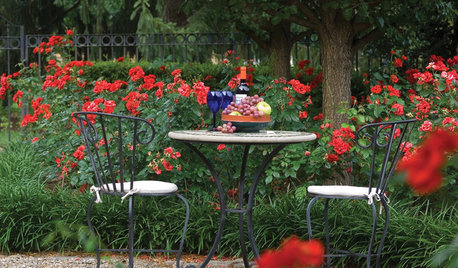
GARDENING GUIDES5 Red Roses to Stir Garden Passions
Show your devotion to color, scent and more with these regal landscape beauties
Full Story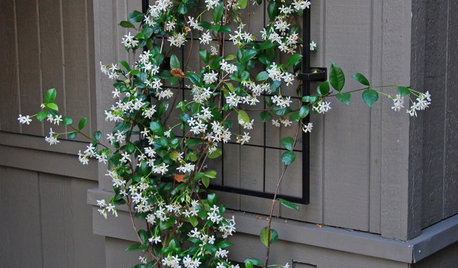
FEEL-GOOD HOMESimple Pleasures: Scent and Memory
Fragrant jasmine, fresh-brewed coffee, baking bread. Scents can evoke memories and bring sensory pleasure to our homes
Full Story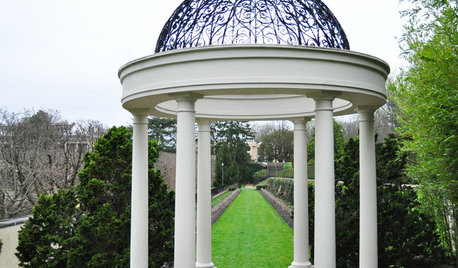
GARDENING AND LANDSCAPINGLongwood Gardens' Pathways Invite Exploration
Plant choice and pathway design are essential for an inviting garden. See how Longwood's paths beg a closer look
Full Story
GARDENING AND LANDSCAPINGGrow a Lush Privacy Screen
No need to wait forever for patio privacy the green way. These 10 ideas will get your screening up and running in no time
Full Story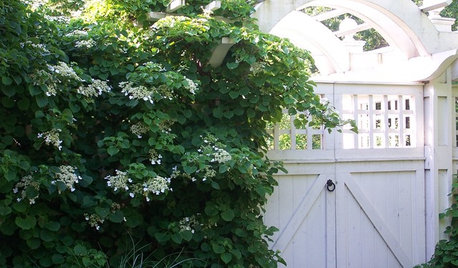
FALL GARDENING6 Deer-Resistant Flowering Vines to Plant This Fall
Have a major deer problem? Here are some of the only vines that have a chance of not being eaten
Full Story
LANDSCAPE DESIGN4 Gorgeous Garden Looks for a Narrow Planting Strip
Make a strong design statement in an unexpected place with these ideas for perimeter plantings, pocket gardens and more
Full Story
GARDENING GUIDESTop 12 Summer-Blooming Perennials for Deer-Resistant Drama
Can you have garden color, fragrance and exciting foliage with hungry deer afoot? These beauties say yes
Full Story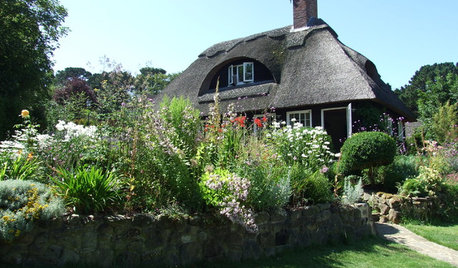
LANDSCAPE DESIGNHow to Create a Cottage-Style Garden
If you like an abundance of plants — and visits from birds, bees and butterflies — this may be the style of yard for you
Full StoryMore Discussions






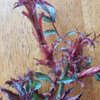
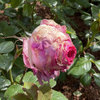
catsrose
starmadeOriginal Author
Related Professionals
Marina Landscape Architects & Landscape Designers · Milwaukee Landscape Architects & Landscape Designers · Clermont Landscape Contractors · Maple Valley Landscape Contractors · Canby Landscape Contractors · Clayton Landscape Contractors · Dudley Landscape Contractors · Holland Landscape Contractors · Hollywood Landscape Contractors · McLean Landscape Contractors · Overland Park Landscape Contractors · Pleasanton Landscape Contractors · San Carlos Park Landscape Contractors · Waltham Landscape Contractors · West Palm Beach Landscape Contractorsroseseek
starmadeOriginal Author
roseseek
starmadeOriginal Author
roseseek